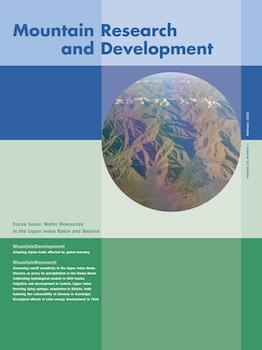Mountain springs emanating naturally from unconfined aquifers are the primary source of water for rural households in the Himalayan region. Due to the impacts of climate change on precipitation patterns such as rise in rainfall intensity, reduction in its temporal spread, and a marked decline in winter rain, coupled with other anthropogenic causes, the problem of dying springs is being increasingly felt across this region. This study was taken up in the Sikkim Himalaya, which has received limited attention despite being a part of the Eastern Himalaya global biodiversity hot spot. The objective of this study was to understand the basic characteristics of the springs and to demonstrate methods for reviving them. We found the rural landscape dotted by a network of microsprings occurring largely in farmers' fields, with an average dependency of 27 (±30) households per spring. The spring discharge generally showed an annual periodic rhythm suggesting a strong response to rainfall. The mean discharge of the springs was found to peak at 51 L/min during the postmonsoon months (September–November) and then diminish to 8 L/min during spring (March–May). The lean period (March–May) discharge is perceived to have declined by nearly 50% in drought-prone areas and by 35% in other areas over the last decade. The springshed development approach to revive 5 springs using rainwater harvesting and geohydrology techniques showed encouraging results, with the lean period discharge increasing substantially from 4.4 to 14.4 L/min in 2010–2011. The major challenges faced in springshed development were the following: identifying recharge areas accurately, developing local capacity, incentivizing rainwater harvesting in farmers' fields, and sourcing public financing. We recommend further action research studies to revive springs to advance the outcomes of this pilot study and mainstreaming of springshed development in watershed development, rural water supply, and climate change adaptation programs, especially in the Himalayan region.
How to translate text using browser tools
1 February 2012
Reviving Dying Springs: Climate Change Adaptation Experiments From the Sikkim Himalaya
Sandeep Tambe,
Ghanashyam Kharel,
M. L. Arrawatia,
Himanshu Kulkarni,
Kaustubh Mahamuni,
Anil K. Ganeriwala
climate change adaptation
groundwater
rainwater harvesting
recharge
runoff
watershed





